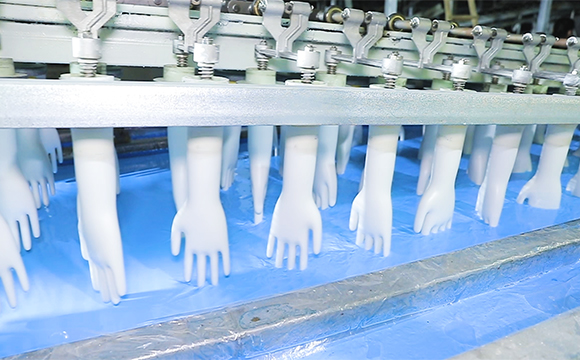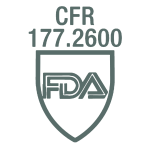Nitrile gloves have become an essential item in the medical industry and many other fields where safety is a top priority. In manufacturing, they offer protection against bacteria, viruses, chemicals, and other harmful substances, and are highly preferred over latex gloves due to their superior resistance to punctures and chemicals.
Nitrile Gloves Manufacturing To Distribution:
The manufacturing processes for nitrile, latex, and vinyl gloves share some similarities but also have significant differences. Nitrile gloves are made from a synthetic rubber material called nitrile butadiene rubber (NBR), which is created by combining two synthetic rubber polymers known as acrylonitrile and butadiene. In this blog, we will take a closer look at how nitrile gloves are made, from manufacturing to distribution.
Manufacturing:
The first step in manufacturing nitrile gloves is to mix the raw materials. Nitrile rubber is made by combining acrylonitrile and butadiene, which are synthetic substances. The mixture is then heated to create a polymer, which is the base material for the gloves. The polymer is mixed with other materials such as pigments, accelerators, and stabilizers, to improve the glove’s strength and durability.
The mixture is then processed into a thin sheet, which is cut into glove shapes using a machine. The gloves are then dipped into a coagulant, which helps the nitrile stick to the glove’s surface. The gloves are then dipped into a tank of nitrile material, which coats the gloves in the desired thickness.
After the gloves are coated, they are dried in an oven, which solidifies the nitrile coating. Once the gloves are dry, they are removed from the mold and undergo a series of quality control tests to ensure they meet the required standards.
Packaging:
After the gloves pass the quality control tests, they are packaged into boxes. The boxes are then labeled with information such as the glove size, the number of gloves in the box, and the expiration date. The boxes are then shipped to warehouses, where they are stored until they are ready to be distributed.
Distribution:
Nitrile gloves are distributed through various channels, including medical supply companies, online retailers, and directly to businesses such as hospitals and clinics. The gloves are typically shipped in bulk and stored in warehouses until they are needed.
When an order is placed, the gloves are picked and packed, and then shipped to the customer. The gloves are typically shipped in boxes that are designed to protect the gloves during transportation.
Conclusion:
In conclusion, nitrile gloves are made through a complex manufacturing process that involves mixing raw materials, dipping the gloves into a nitrile coating, drying them in an oven, and conducting quality control tests. Once the gloves pass the tests, they are packaged into boxes and distributed to various channels. As nitrile gloves continue to play a critical role in maintaining safety and hygiene, it is important to understand how they are made to appreciate the effort that goes into producing them.










